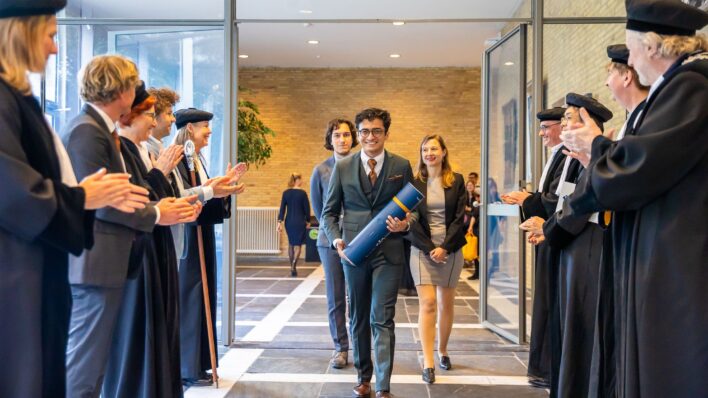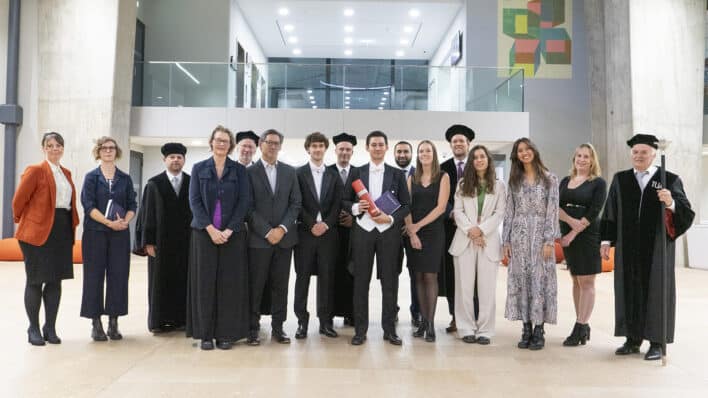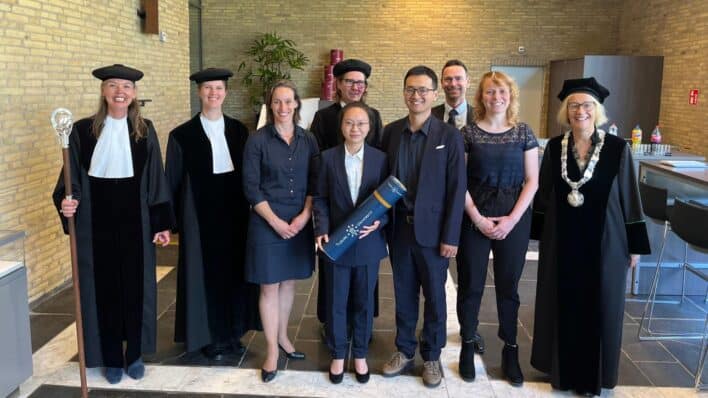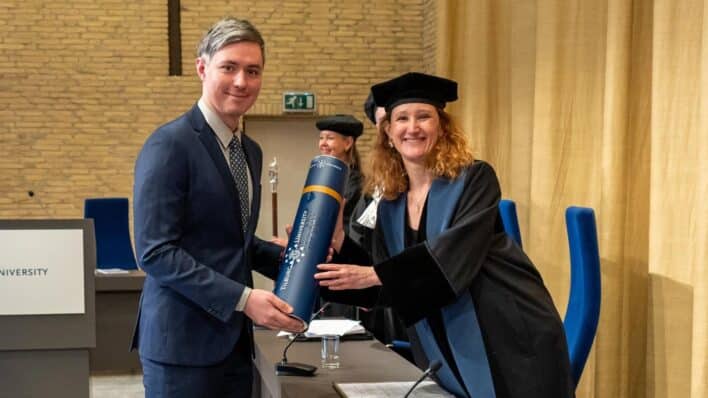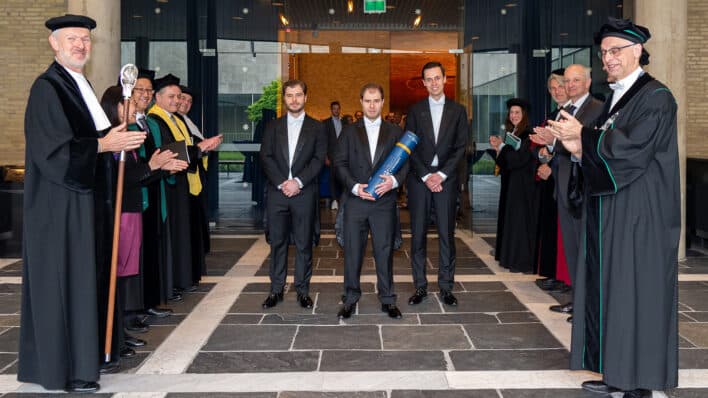Behind the PhD: Exploring patterns in time series
Posted on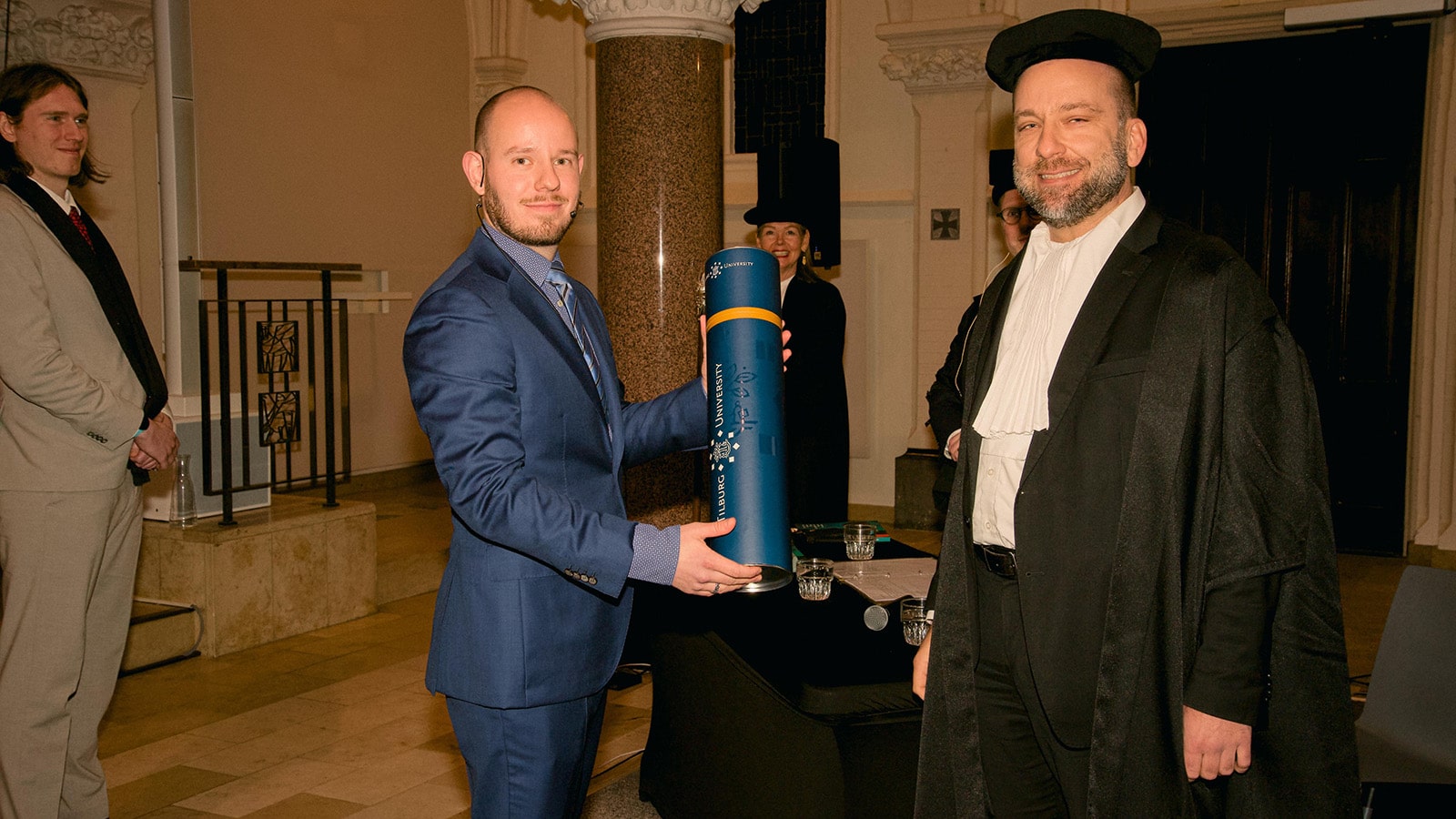
Data shapes how we predict, plan, and solve problems in everyday life. Time series analysis plays an important role in this, helping us understand patterns in data collected over time—like tracking weather changes or monitoring industrial machinery.
In this interview, we talk with Jurgen about his research into Convolutional Neural Networks (CNNs), a type of deep learning model designed to recognize patterns in data. By focusing on practical challenges like detecting industrial faults and analyzing seismic activity, his work highlights how tailored CNN architectures can improve performance while staying efficient.
Why did you choose this research subject, and what makes it so fascinating?
“Initially, I started by joining a project to digitalize the plastics industry. I was excited to be involved in tackling plastic waste. Besides that project, I did not immediately have a clear research direction, although it was clear that the main data source would be time series data retrieved from sensors. This ultimately became the main topic of my thesis, where I chose to focus on time series analysis using Convolutional Neural Networks (CNNs), mostly known for its use in Computer Vision. What makes time series data so interesting is its ubiquity—it is widely measured across various domains, from financial markets and weather forecasting to wearables, IoT devices and other sensors. Predicting future values is, therefore, a very popular yet complex topic.
What is particularly fascinating about time series data is the need to consider the relevance of “time” in every analysis. For example, in stock market predictions, the most recent historical data points usually are good indicators for future values. Similarly, trends can often be detected, such as seasonal changes in daily temperature values. However, this relationship with time does not always hold true; in one of my main topics, industrial fault detection, the most recent data points are not necessarily more important than values earlier in time. An important factor here is the resolution of the data, which can be very high, especially with signal data, sometimes reaching up to 48,000 points per second. The difference between this kind of high-resolution data and lower-resolution data, like hourly or daily temperature readings, is substantial.
In my thesis, working with high-resolution, large-scale datasets presented the challenge of designing efficient and accurate models capable of extracting meaningful patterns from complex, high-dimensional data. This fascinated me. Additionally, the opportunity to innovate within this field by developing architectures tailored to specific use-cases, such as industrial fault detection and seismic analysis, made this research practically impactful.”
Which challenges did you meet along the way, and how did you overcome them?
“I can say that the COVID pandemic was the most significant obstacle during my PhD. The lack of collaboration, not being able to go to the office and social isolation made it challenging to maintain progress and motivation, especially since this period spanned almost two years of the PhD trajectory. Additionally, collaborations with companies—where we were supposed to retrieve data—stalled, further complicating the process.
From a research perspective, one of the biggest challenges was developing new and innovative ideas, particularly in a field where so much is already being explored. The sheer volume of daily publications in the area of artificial intelligence makes it difficult to come up with novel ideas. As a result, I needed to find a niche where I could make a meaningful impact.”
What is the impact of your work in the real world?
“The methods developed in my research have practical applications across various domains. For example, the proposed CNN architectures for industrial fault detection offer lightweight and efficient solutions suitable for edge computing, improving decision-making in real-time settings. Similarly, the graph-based approach for spatial and temporal data processing improves performance in domains like seismic activity analysis, where sensor networks produce vast amounts of time series data.
Yet, organizations and institutions are often hesitant to adopt these “black-box” approaches due to the potential implications of incorrect predictions, which may carry financial or societal consequences. Nonetheless, I believe my work demonstrates that achieving high performance in specific domains does not always require much computational resources, such as those used by companies like OpenAI. Carefully designing and rigorously validating a model’s performance can yield comparable results in many cases. The insights from my work can help practitioners develop their own deep learning models for time series analysis, ultimately advancing fields like predictive maintenance, and environmental monitoring.”
What are your plans after your PhD?
“I am currently working as a researcher at a university in Germany and will continue in this role for the foreseeable future, where I conduct research in the agricultural domain. While the data perspective is similar (time series), the practical implications are different, which makes it particularly interesting.
I am considering pursuing an academic career, with a focus on teaching and supervising students. The academic world provides me the opportunity to increase knowledge and innovation, while mentoring the next generation of researchers. I am also drawn to roles in organizations where I can apply my expertise to address societal challenges. Regardless of the path I choose, my goal is to integrate technical innovation with meaningful societal impact.”
